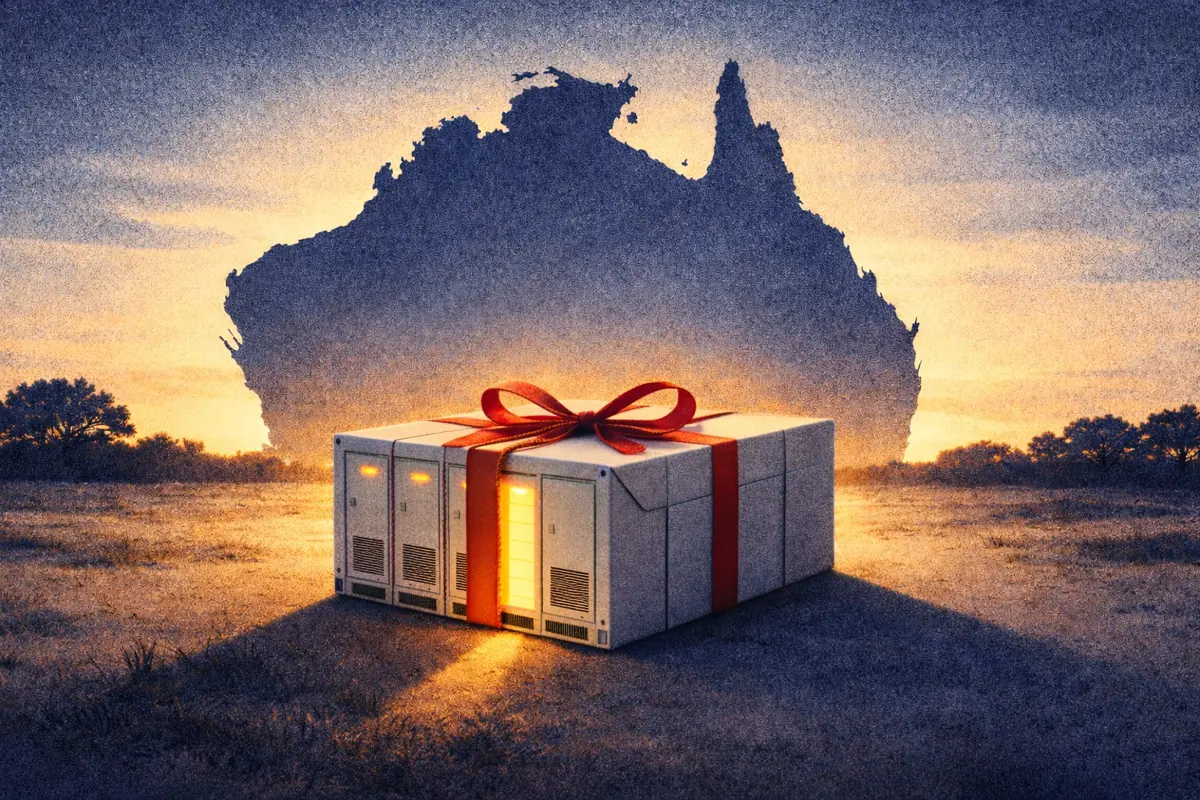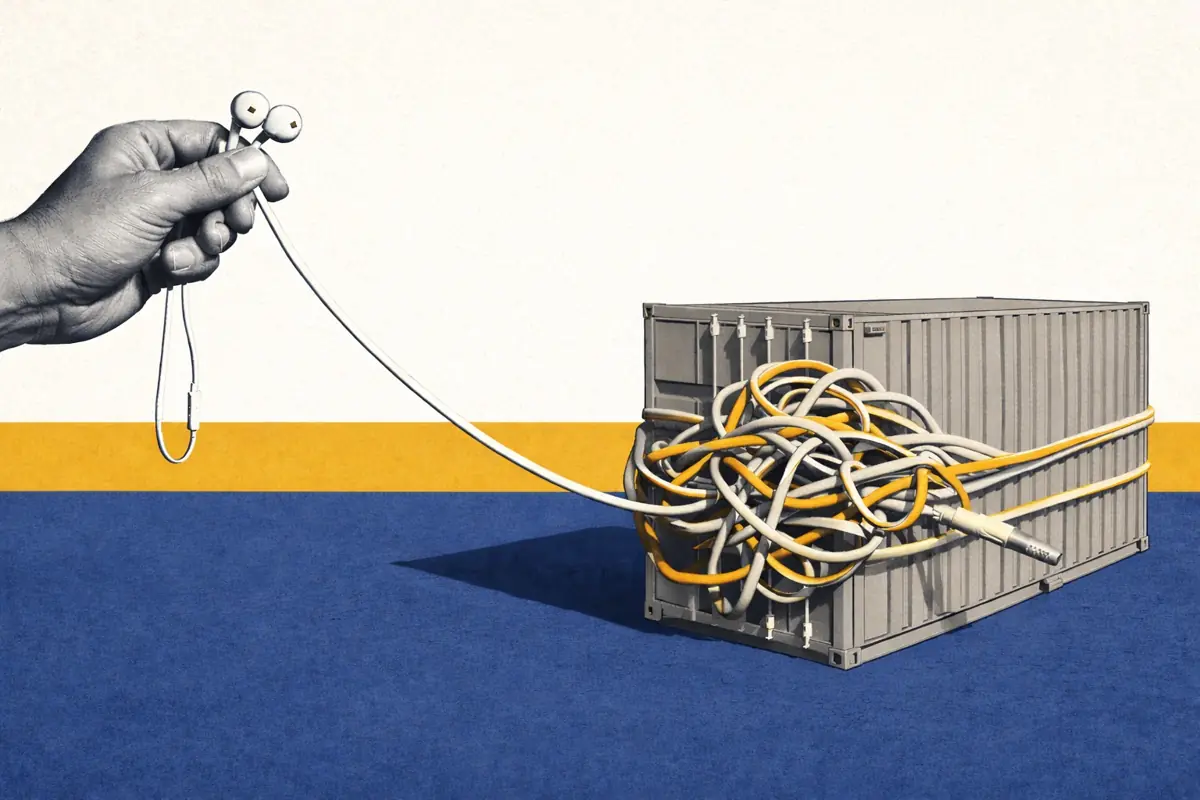Skip rates in practice: What NESO’s 2025 data tells us so far
Skip rates in practice: What NESO’s 2025 data tells us so far
In Modo Energy’s guide to NESO’s skip rate methodology, we broke down how skip rates are calculated, what the exclusion stages mean, and why this new framework matters for measuring dispatch efficiency in the Balancing Mechanism.
This report builds on that foundation.
With NESO now publishing regular datasets, including their early results for 2025, we can start to assess how the methodology is performing in practice - and what the numbers reveal about battery utilisation, system constraints, and the impact of the different exclusion stages.
We also examine the divergence between the two skip rate types (All BM and Post-System Action), the technologies most affected by skips, and the limits of the current approach - particularly around visibility of system actions and control room constraints.
The aim isn’t just to report the data, but to interrogate it: how meaningful are these metrics, and how could the methodology evolve next?
For subscribers to Modo Energy’s Research, this article will cover:
- What NESO’s early 2025 skip rate data reveals about system performance.
- How battery skip rates change across exclusion stages - and why Stage 2 matters most for measuring BESS skips.
- The difference between All BM and PSA skip rates, and what each one tells us.
- Which technologies are most (and least) affected by skips.
- What NESO’s upcoming root-cause analysis could unlock.
- Where the methodology works well - and where greater transparency is still needed.
Skip rates help to monitor progress in the Balancing Mechanism
Since 2023, NESO has introduced a series of reforms to improve how actions are taken in the Balancing Mechanism. These include the launch of the Open Balancing Platform in December 2023 - introducing the bulk dispatch algorithm - and the rollout of the 30-minute rule in March 2024.
Alongside these system changes, the volume of batteries available to the BM has grown rapidly. In Q4 2024, a record of battery energy was dispatched via the mechanism - driven by greater availability and more efficient control room processes.
Download
Already a subscriber?
Log in







